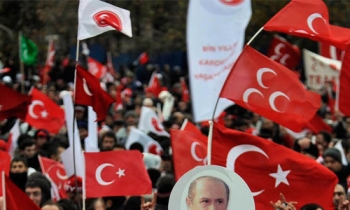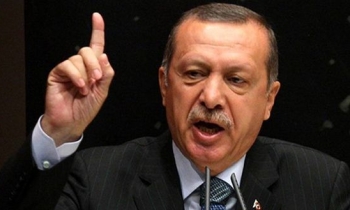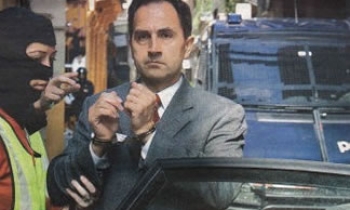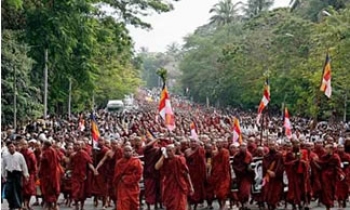Journalist Hayatullah Khan took a photo of something Pakistan's government said was never there. Within days he disappeared without a trace, dragged off by masked men.
Last week, six months after his abduction, his body was found dumped in North Waziristan, handcuffed and shot in the back.
The tragic news has startled the nation, sparking protests, and the government ordered a judicial probe into his death. It also sent a chilling message about the risks of reporting the conflict in Waziristan, one of the premier fronts in the war on terror.
Khan's photo spoke a thousand words, much as his death does today. In December, he rushed to a house in North Waziristan, where Abu Hamza Rabia, an Egyptian Al Qaida commander, had been killed moments before in an explosion.
Government authorities would later say Rabia had blown himself up while making a bomb. But Khan, who enjoyed a reputation as an intrepid reporter, snapped photographs of contrary evidence: fragments of a US Hellfire missile.
The Pakistani government stuck to its story, dismissing the photo, which was published in Pakistan. But Khan reported that Rabia met his demise at the end of a missile fired by a CIA drone. That assertion seems to have cost Khan his life. His murderers remain unknown. Some journalists and Khan's family blame the intelligence services of the government, a claim the government denies.
Most striking
What is most striking, observers agree, is that Khan's body was found at all. The message journalists are taking from his mysterious death: Stay out of Waziristan.
"Try and meddle where you're not supposed to, try coming to the tribal areas and you put your life at risk," says Adnan Rehmat, director of Internews Pakistan, a media watchdog organisation.
Khan's death, which has garnered international attention, is a reminder that Waziristan is now a media black hole.
The stakes are high in Waziristan, where some 80,000 Pakistani troops have battled Al Qaida and the Taliban for four years.
But as the fighting in Waziristan intensifies, little information is coming out of the area. Khan is the fifth, and most high-profile, journalist to have been killed there in the last two years. Few reporters dare enter, and those who do face harassment from the military and death threats from the Taliban, they say.
Khan, who worked for an Urdu-language newspaper and a European photo agency, was rare among journalists in Waziristan, taking risks that many now avoid. Out of some 150 journalists formerly covering the area, only a handful are left in the region.
Reporters such as Haroon Rashid, a BBC correspondent based in Peshawar, say they seldom venture into Waziristan. "We are helpless. At least one party should secure your safety. But no one is willing to help a journalist," says Rashid.
"There is no stoppage of any journalist to go anywhere. But it's a matter of security," says General Shaukat Sultan, the Pakistani Army's spokesman. "The Army has a right to check each and everyone going into that area."
The Information Ministry adds that many correspondents are freely allowed to report from the area. "There is so much news coming from the tribal areas from private correspondents. It's an open area," contends Mohammad Ali Durrani, the information minister.
"Since fire has engulfed our home, it is our moral duty that we should be there," says Sailab Mahsud, president of the Tribal Union of Journalists and a resident of South Waziristan. "Before, there were no remote control bombs, no landmine attacks. It indicates that things are worsening."









